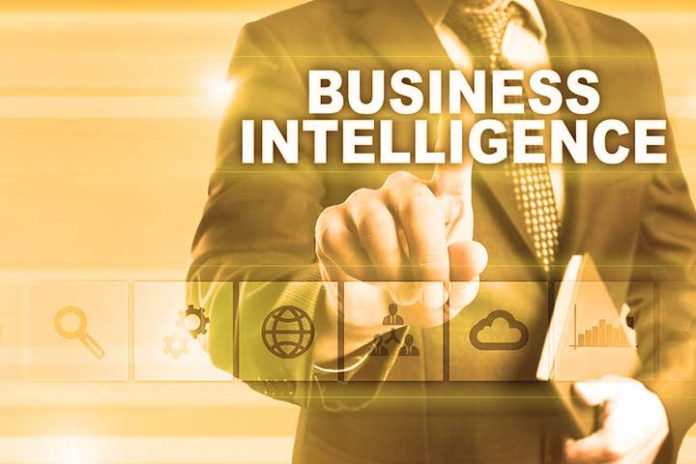Making business decisions is never easy. To do it the right way, there is Business Intelligence, that is, carrying out an exhaustive data analysis and employing a series of strategies that weigh pros and cons and lead your company to success.
In this article, we analyze different tools that apply this methodology and clarify many of the concepts related to the entire Business Intelligence environment.
What tools does Business Intelligence use?
It is known as Business Intelligence (business intelligence) to the use of a set of strategies and functionalities that allow intelligent business decision-making based on knowledge.
The information taken into account for this decision-making will be collected in multiple ways and its sources will be both internal and external. Therefore, applying Business Intelligence consists of analyzing and processing the different data available to the company.
Typology of tools in Business Intelligence
There are countless tools on the market that facilitate business intelligence, but, in sum, they can be classified as follows:
- Monitoring and data collection: they are used to extract and collect all the data that can be used to analyze the market, the competition, the stakeholders.
- Data management: they allow the purification of the data and its correct transformation into a multidimensional database for later use.
- Reporting: its function is to capture, simplify and adapt the data for its application. They are those that allow, after a study, analysis, and understanding of the data, its graphic representation in the reports.
The 5 most used Business Intelligence tools on the market
The market offers multiple options and choosing one or the other will depend on factors such as the size of the company, its specific needs, budget.
The most used today are the following:
Microsoft Dynamics 365
It offers a set of business applications that allow you to manage the company’s data set (sales, marketing, services, operations, and commerce) to have a global vision of it. This comprehensive perspective allows decisions to be made based on the actual current situation of the business.
IBM Cognos Analytics
It brings together a set of functionalities that allow you to monitor, analyze and make business reports to carry out correct decision-making.
Tableau
The platform offers three packages of data analysis tools to apply business intelligence: for the individual analyst, for teams, and with embedded analytics. All of them have the same purpose, to turn company data into useful information for decision-making.
Sisense
This analytics platform is used to create, integrate, and deploy online analytics applications using interactive dashboards, self-service analytics, or white-label business intelligence applications.
It allows you to integrate data models, manage them, analyze them and transform them graphically on any business page.
GoodData
Monitoring platform that allows the data to be collected, prepared, and distributed after centralizing it through simple dashboards and reports.
Business Intelligence Glossary
Getting lost in the universe of applications and platforms for Business Intelligence is very simple, therefore, it is best to take a training course that allows us to correctly apply the collection and analysis of the multiple data that surround the model.
Therefore, knowing the terminology is essential:
OLAP (Online Analytical Processing) systems
A procedure that allows the collection of databases oriented to online analytical processing, which serves to speed up the query of large amounts of data. It can be referred to as multidimensional cubes or, simply, OLAP cubes (online analytical processing) since this system relates the data, giving greater importance to the analysis of the same than to its collection, simulating precisely that, a cube.
OLTP (Online Transaction Processing) systems
A procedure that allows the collection of databases oriented to the processing of transactions. Its use is used to carry out operations of insertion, modification, and deletion of data.
ETL processes
This process of applying ETL tools is developed in three phases: extract, transform, and load. The correct development of them allows organizations to move records from different data storage locations and upload them to other platforms, analyze them and use the information extracted for decision-making.
Data mining
A process that allows detecting errors, patterns, and relationships between large amounts of data in order to predict results and anticipate events that may affect business.
DashBoards
Graphic representation of those indicators that are considered key to obtaining the objectives set. This tool is useful for visualizing information, decisions, and results.
Data Warehouse
Set of company data that are gathered for the same purpose, whatever its source and/or origin. This information repository is often used to organize, understand and make strategic decisions based on business information.
Work in a Business Intelligence department
In recent years, this professional profile has become one of the most demanded in the market and it is that more and more entrepreneurs understand the importance of correctly monitoring the multiple data that their business receives for strategic decision-making. of business decisions.
As we have seen, there are many Business Intelligence tools that facilitate the task, however, certain training and certain skills are necessary to allow them to be used in the correct way.
Also Read: Customer Intelligence: How To Achieve Personalized Experiences


